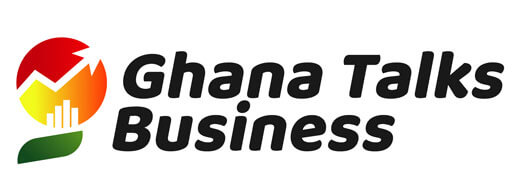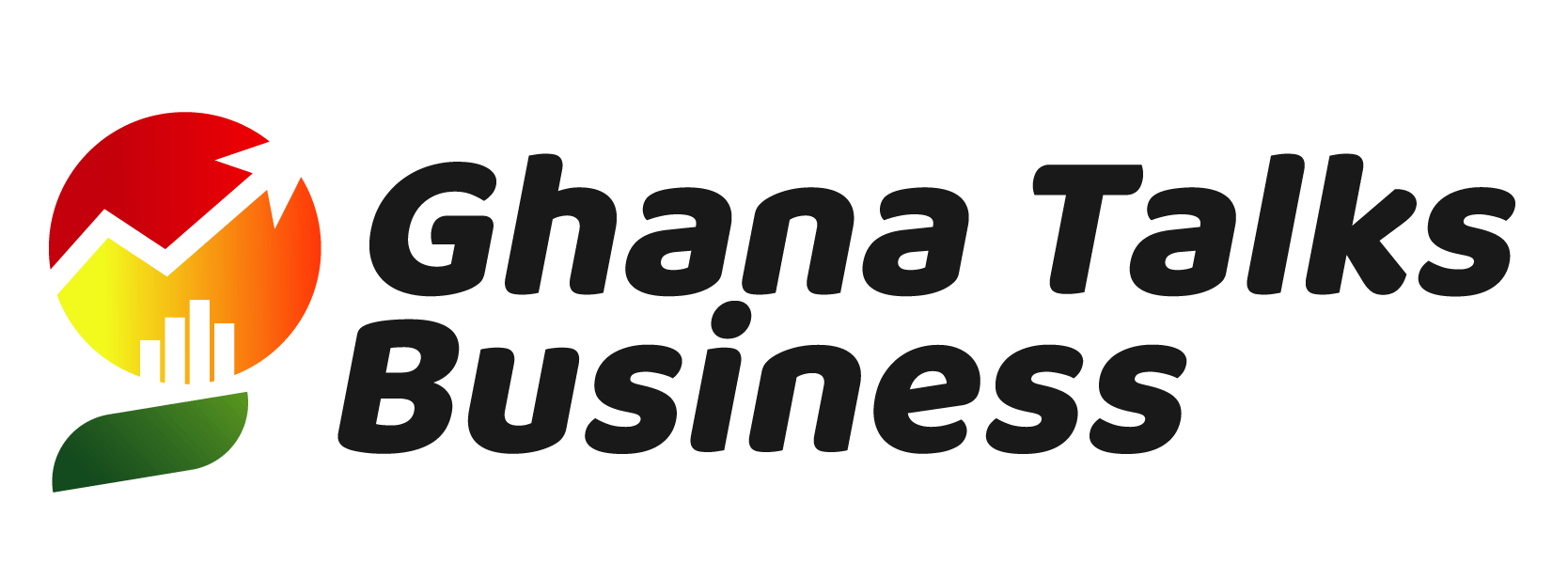
Gabriel Ofori Yeboah is a professional trader with more than a seven (7) years of experience trading a wide range of financial markets, a Banking and financial Analyst, an Affiliate of FX Brokers, Investment Fund manager and an Associate-Data Management and Reporting for a reputable Global Credit Bureau.
He is the author of the book INVESTMENT GUIDE (FOREX TRADING) launching it on the 19th. December, 2015. You really have to be there or probably get your copy of that genius book and start making financial investment waves.
We used the opportunity to provide you with some in-depth insight into how Gabriel trades, what his daily trading routine is like and a lot more. Hopefully, you will learn something from Gabriel’s responses.
How did you get into the trading game?
Gabriel: When I was 20, my economics lecturer was encouraging us to learn about the stock market and he held a school share market competition, from there I started to get more and more interested in stock trading and by the age of 22 I had developed a full-blown interest in financial market trading. In fact, on my 23rd birthday I placed my first live trade, at that time I was trading anything from shares to options and then later got into futures and currency trading. Back in those early days, I was literally reading any book I could find on trading, I was trying to learn everything I could. I had been bitten very hard by the “trading bug” by the age of 24.
Can you provide us with an overview that helps us understand your focus and strategy to making money in the markets?
Gabriel: If you have been following my lessons, I’m obviously an advocate of price action trading, what that really means in simple terms is that you’re looking at a ‘naked’ price chart with nothing on it but the price bars, primarily a daily chart. Primarily, I am just looking at price data in its raw form and I look for price action signals to help me pin point a trade entry, and some things that help with that; obviously you want to know the directional bias, which is the trend, you want to know where the key major levels are in the market, whether it’s a recent high or low or major longer-term levels.
What types of markets dominate your trading now?
Gabriel: I’ll look at anything that is liquid and moving a lot, you want to trade markets that you will be able to get in and out of at any time. I often hear people trading markets that gap a lot, like stocks, I think I’ve moved past taking on those kinds of risks and I like to trade large size in markets that have deep liquidity such as Forex and stock indices, instead of the actual stocks and shares themselves, as well as some commodities like gold and silver. These are markets that have huge amounts of volume every day and you have no problem getting in and out of them when you want.
What methods do you use to analyze the market?
Gabriel: Price action is my only focus.
What would you say are your favorite kinds of setups?
Gabriel: I’ve got three primary setups; the pin bar, the inside bar and the fakery setup, they’re all solely price action based. Usually, I like to trade them in the direction of the primary daily chart trend, you can trade them against the trend, but for anyone reading this who is a complete beginner, I strongly suggest you that you study these methods and trade them only with the obvious directional bias that’s currently underway.
How do you find and select potential trades?
Gabriel: I have a trading plan which contains my price action setups, definitely aligning three things: the current trend of the market, key levels and a price action signal, and in short that’s “T.L.S”…Trend Level Signal. I at least want to have two of those things in alignment, or confluence, and that makes for a high-probability trade for me, and obviously there’s going to be some other factors involved which may vary depending on your circumstances, but for me they might be things such as the amount risked, your profit target, stop loss, and any other factor you want to put into your trading plan. Anyone who is serious about trading will make their decisions based off their trading plan which is a predefined set of rules that help you filter good and bad signals in the market.
Take us through a previous trade that offers insight into what you do and how you do it.
Gabriel: Recently, I took a trade on the Ghana Cedi/dollar in the context of the strong downtrend we’ve had in this market recently. I’ve been looking for retracements back to value, or an area that I can see is an obvious area of resistance…this is trading in-line with the daily chart momentum. If you’ve got a downtrend and the market retraces back to value, I will look for a price action sell signal. In the case of the setup in MAY, I had a nice little reversal from resistance and I got in. To keep it in-line with current events and to keep it real, that was my most recent trade, it was a ‘tailed’ reversal bar with the trend…which wasn’t really a precise version of what I teach (wasn’t really a pin bar) but the logic of the trade was correct: Trend, Level, Signal…just keep that in your head..T.L.S.
What markets do you trade?
Gabriel: I’m really only concerned with Forex, indices and Gold…these are offered as a CFD in most parts of the world, maybe slightly different in Ghana. The bottom line, is that I don’t trade physical futures, I just see no need to when you can trade the CFD, which has a different margin requirement.
What does CFD stand for those who are not familiar with the acronym?
Gabriel: The idea is that it’s just a contract with a broker (Contract For Difference) and you can trade everything; any market you want, but I trade Forex, stock indices and Gold mainly and I just trade them out of a trading platform.
How actively do you trade?
Gabriel: I don’t trade very often at all, probably no more than a few times a week. I’m more of a large position size trader. If I see a trade I really like I will often back myself and go in pretty hard. Trading is my hobby and I do it mostly on weekends and sometimes after office hours since I have my official job responsibilities during the week.
What are your average hold times for positions?
Gabriel: Anywhere form a couple of days to a couple of weeks, if I get onto a nice trend it might be a couple of months. Most of the time no more than a week, but I certainly like to let things run their course, I’m more of a set and forget kind of trader where I’ll place the trade and walk away from it and let the risk reward scenario come off, so it’s either a stop out or the reward / target is hit and usually that’s anywhere from 2 to 1 or 5 to 1.
Do you have a profit target you try to hit every week, month or year?
Gabriel: No, I don’t because I don’t believe that is a realistic thing to do, the market is going to produce XYZ number of trades and your risk reward is always a random outcome on every trade and you never know exactly what you’re doing to get. So, you can’t force a profit target into a monthly or weekly period, you just work with the market as things unfold, you take the good trades and the bad trades and add them up at the end of every month.
How has your approach to the markets changed and improved throughout your career?
Gabriel: When I first started, I was trading shares and I had very little success, for the first few years trading options and shares, just things that a lot of newbies get into. I just had the wrong markets and the wrong time frames. You know, I change products and I’ve changed my time horizon for trading, I’ve moved away from intra-day short-term trading to daily chart trading and I’ve changed markets from shares
Short answer; I used to trade stocks, shares and options on intra-day charts, but I’ve moved onto Forex on daily charts, so different time frames and different products and I’ve slowed things way down in my head.
Has the influence of program trading had any impact on your approach?
Gabriel: No, I’m not a day trader, I believe everything in the world is a free market, we’re in a capitalist society and things tend to work themselves out regardless of what algorithms and computers are in the market, so I don’t really care about it too much.
Looking back was there any specific thing that you thought was a key turning point in your career?
Gabriel: Yes, I used to try and pick tops and bottoms a lot, a lot of people like to fight the current momentum in the market. One thing I learned is that markets go a lot further than you think they will, they always tend to keep going and they will mow you down if you stand in front of them. I think that’s one thing, you wait for periods in the market where there’s a freight train moving in one direction and you get on board, you don’t stand in front of it trying to pick the top or bottom as most people do. That’s why most people are losing money in the market; they’re betting against the market, but more money is made going with the market than any other method out there.
Among all the factors you discuss in your weekly trading lessons, which were the most difficult for you to learn and why?
Gabriel: I write often about things that I have dealt with or struggled with personally, most of the time I’m writing about remaining patient and sitting on the sidelines. If most of my lessons are based on me trying to connect with people and things that I have struggled with personally, I would say patience and low-frequency trading are things that I used to struggle with but that I have now mastered and I’m trying to instill in other people.
Author: Gabriel Ofori Yeboah.
Fund Manager, FX Trader, Investor, Broker, Banking and Financial Analyst, Columnist(B&FT), Investment Consultant.
Mobile: +233246751535




